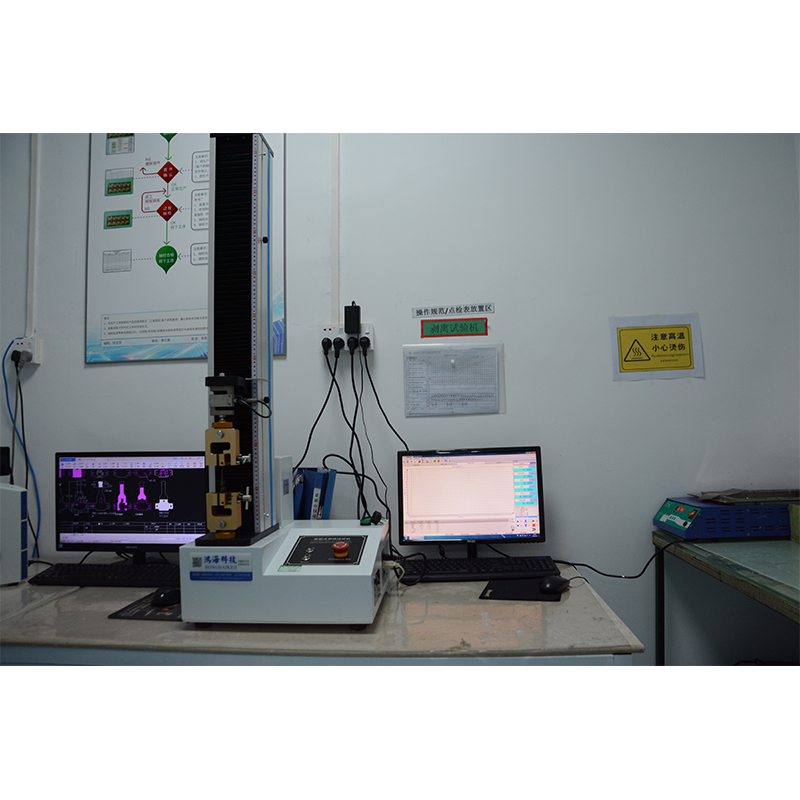In this blog post, we will explore the typical sizes and dimensions of ceramic circuit boards.
Ceramic circuit boards are becoming more and more popular in the electronics industry due to their superior characteristics and performance compared to traditional PCBs (Printed Circuit Boards). Also known as ceramic PCBs or ceramic substrates, these boards offer excellent thermal management, high mechanical strength and excellent electrical performance.
1. Overview of ceramic circuit boards:
Ceramic circuit boards are made of ceramic materials such as aluminum oxide (Al2O3) or silicon nitride (Si3N4) instead of the regular FR4 material used in traditional PCBs. Ceramic materials have better thermal conductivity and can effectively dissipate heat from components mounted on the board. Ceramic PCBs are widely used in applications requiring high power and high frequency signals, such as power electronics, LED lighting, aerospace and telecommunications.
2. Dimensions and dimensions of ceramic circuit boards:
Ceramic circuit board sizes and dimensions can vary depending on specific applications and design requirements. However, there are some typical sizes and dimensions that are commonly used in the industry. Let’s dive into these aspects:
2.1 Length, width and thickness:
Ceramic circuit boards come in a variety of lengths, widths and thicknesses to suit different designs and applications. Typical lengths range from a few millimeters to several hundred millimeters, while widths can vary from a few millimeters to approximately 250 millimeters. As for the thickness, it is usually 0.25 mm to 1.5 mm. However, these sizes can be customized to meet specific project needs.
2.2 Number of layers:
The number of layers in a ceramic circuit board determines its complexity and functionality. Ceramic PCBs can have multiple layers, typically ranging from single to six-layer designs. More layers allow for the integration of additional components and traces, which facilitates high-density circuit designs.
2.3 Hole size:
Ceramic PCBs support different aperture sizes depending on application requirements. Holes can be divided into two types: plated through holes (PTH) and non-plated through holes (NPTH). Typical PTH hole sizes range from 0.25 mm (10 mils) to 1.0 mm (40 mils), while NPTH hole sizes can be as small as 0.15 mm (6 mils).
2.4 Trace and space width:
Trace and space width in ceramic circuit boards play a critical role in ensuring proper signal integrity and electrical performance. Typical trace widths range from 0.10 mm (4 mils) to 0.25 mm (10 mils) and vary based on current carrying capabilities. Likewise, gap width varies between 0.10 mm (4 mils) and 0.25 mm (10 mils).
3. Advantages of ceramic circuit boards:
It’s important to understand the typical sizes and dimensions of ceramic circuit boards, but it’s equally important to understand the advantages they offer:
3.1 Thermal management:
The high thermal conductivity of ceramic materials ensures efficient heat dissipation of power components, thereby increasing overall system reliability.
3.2 Mechanical strength:
Ceramic circuit boards have excellent mechanical strength, making them highly resistant to various external factors such as vibration, shock and environmental conditions.
3.3 Electrical performance:
Ceramic PCBs have low dielectric loss and low signal loss, enabling high-frequency operation and improving signal integrity.
3.4 Miniaturization and high-density design:
Due to their smaller size and better thermal properties, ceramic circuit boards enable miniaturization and high-density designs while maintaining excellent electrical performance.
4. in conclusion:
Typical sizes and dimensions of ceramic circuit boards vary depending on the application and design requirements. Their length and width range from a few millimeters to several hundred millimeters, and their thickness ranges from 0.25 mm to 1.5 mm. The number of layers, hole size, and trace width also play an important role in determining the functionality and performance of ceramic PCBs. Understanding these dimensions is critical to designing and implementing efficient electronic systems that take advantage of ceramic circuit boards.
Post time: Sep-29-2023
Back







